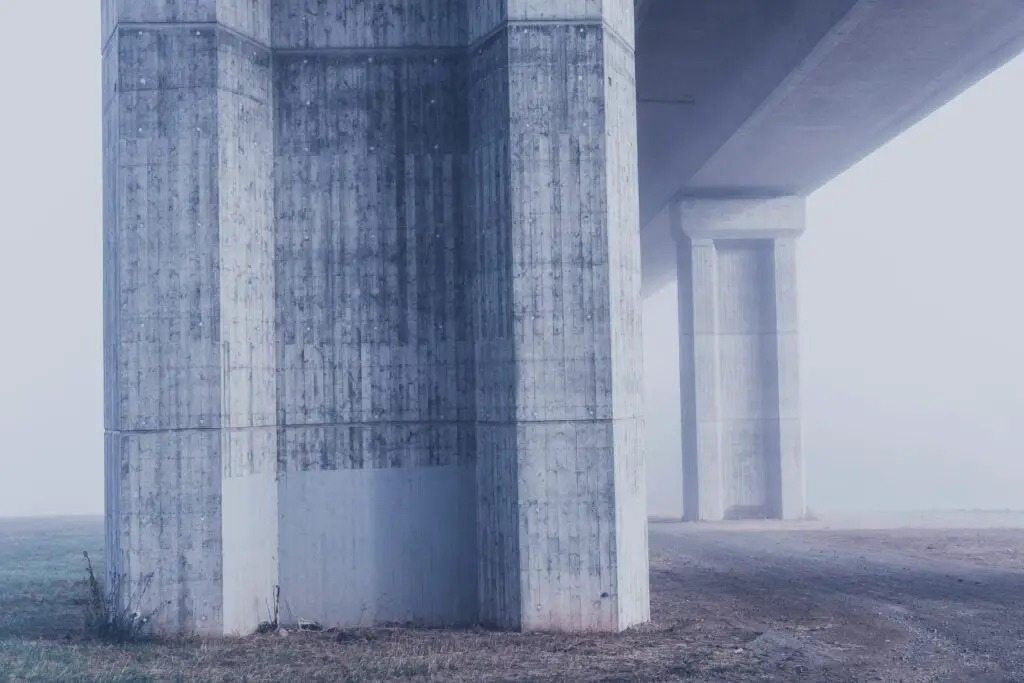When you think of construction, one of the first materials that come to mind is concrete. It is the backbone of modern construction, used in everything from residential homes to massive skyscrapers and highways. The process of concreting is a complex one that involves a careful balance of materials and attention to detail.
In this article, we will explore the process of concreting in more detail, including the materials used, the importance of quality control, and the future of the industry.
Materials Used in Concreting
The primary materials used in concreting are cement, aggregates, and water. Cement is the binding agent that holds the other materials together. Aggregates, such as sand and gravel, provide the structure and strength of the concrete, while water is added to create a chemical reaction that binds the materials together. Other materials may be added to the mix, depending on the specific application of the concrete.
Quality Control in Concreting
Quality control is critical in the process of concreting. Poor quality control can lead to structural failures, which can be costly, dangerous, and even fatal. Quality control starts with the selection of high-quality materials, including cement, aggregates, and water. These materials must meet specific standards and specifications to ensure their strength, durability, and resistance to various environmental factors.
The mixing process is another crucial aspect of quality control. The concrete must be mixed thoroughly and uniformly to ensure that all materials are evenly distributed. Proper mixing also helps prevent air pockets, which can weaken the concrete and make it more prone to cracking and other structural failures.

After the concrete has been mixed, it must be poured and finished correctly. This includes ensuring that the concrete is level and properly cured. Curing is the process of allowing the concrete to dry and harden, which can take several days or even weeks. During this time, the concrete must be protected from moisture and extreme temperature changes to prevent cracking and other damage.
The Future of Concreting
The construction industry is always evolving, and the future of concreting is no exception. One area of development is the use of new materials and technologies. For example, some researchers are experimenting with using recycled materials, such as glass and plastic, in the concrete mix. These materials can reduce the environmental impact of concreting and create a more sustainable construction industry.
Another area of development is the use of digital technologies, such as Building Information Modeling (BIM), to improve the accuracy and efficiency of the concreting process. BIM allows for 3D modeling of the entire construction project, including the concrete components. This helps contractors identify potential issues before they become problems and streamline the construction process.
In addition to new materials and technologies, there is also a growing emphasis on sustainability in the construction industry. Sustainable concreting practices include the use of eco-friendly materials, such as recycled aggregates and alternative cements, as well as reducing waste and minimizing energy consumption.
ConclusionConcreting is the backbone of modern construction, providing a strong, durable, and versatile material for building projects of all sizes. Quality control is critical in ensuring the safety and longevity of concrete structures, from the selection of high-quality materials to the proper mixing and finishing techniques.
As the construction industry continues to evolve, so will the process of concreting. New materials and technologies will help improve the accuracy and efficiency of the concreting process, while sustainability practices will help reduce the environmental impact of construction projects. By adopting these practices, the construction industry can continue to grow and evolve while promoting safety, efficiency, and sustainability.

